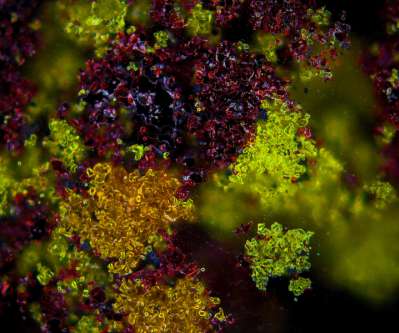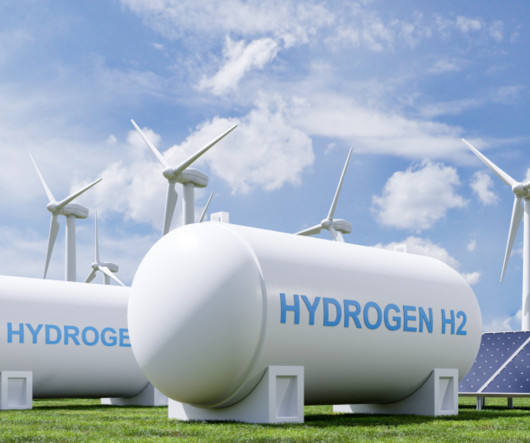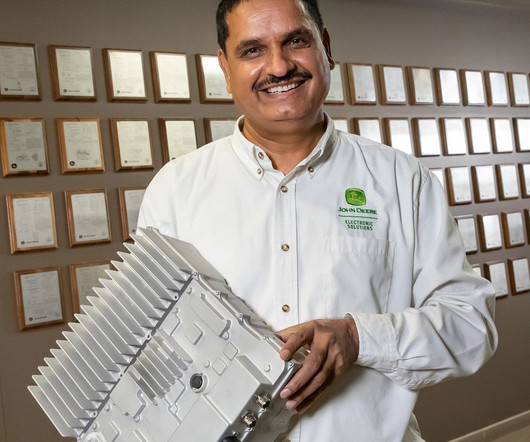2019 Keeling Curve Prize winners include Opus 12; conversion of CO2 into fuels and chemicals
Green Car Congress
JUNE 29, 2019
water and electricity to produce higher-energy carbon-based products and a co-product of pure oxygen. This reaction is energetically uphill, so electricity must be added to drive the reaction forward, and it is not possible without a new family of CO?-reducing reducing catalysts. Clean Energy Works (Washington, D.C.)











































Let's personalize your content